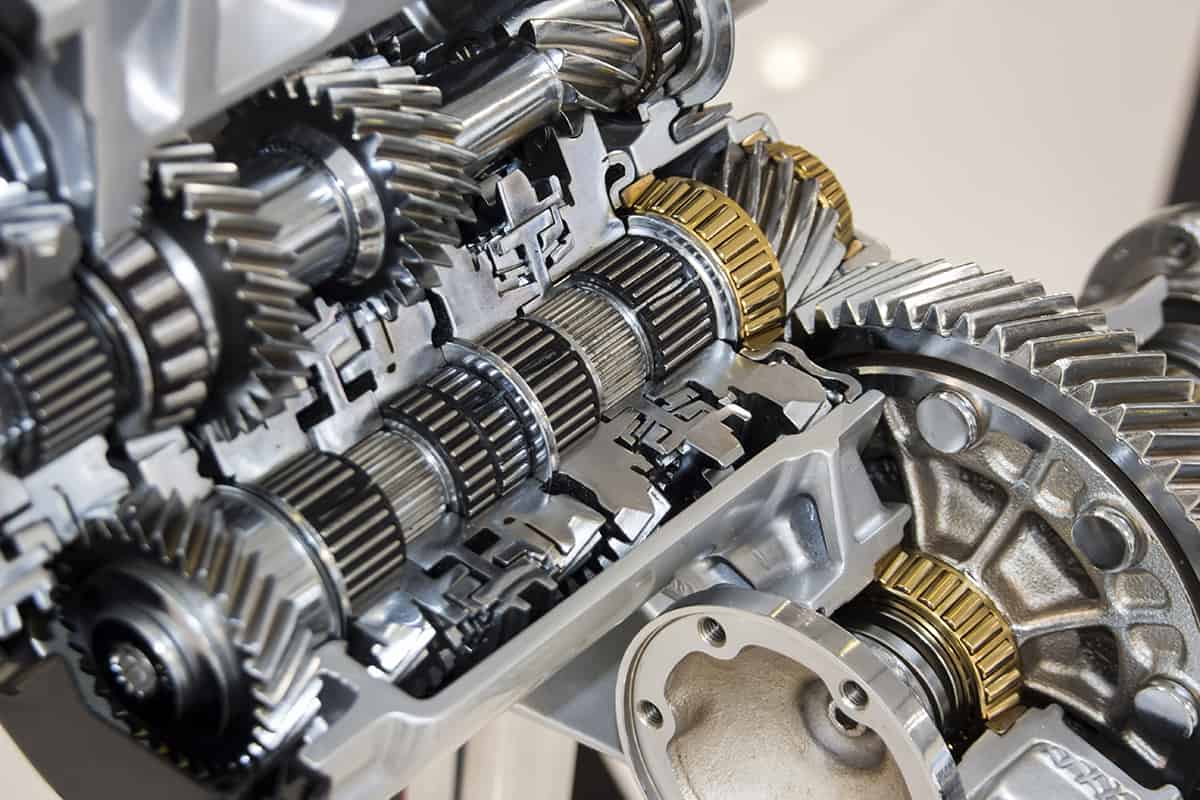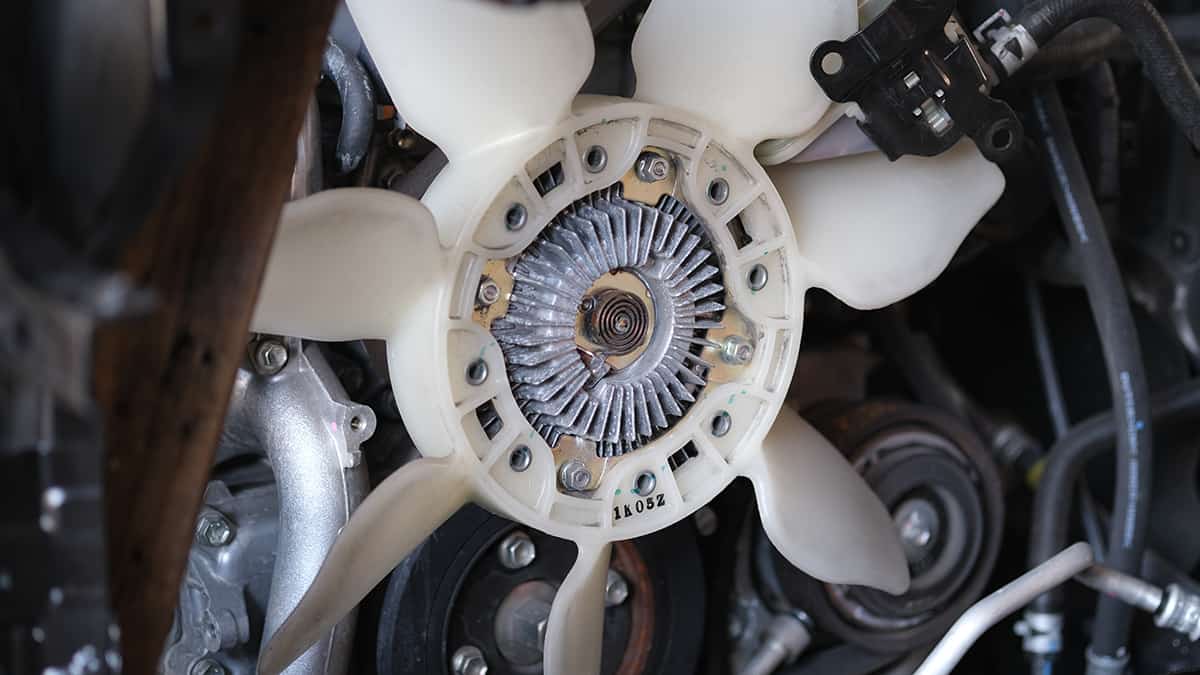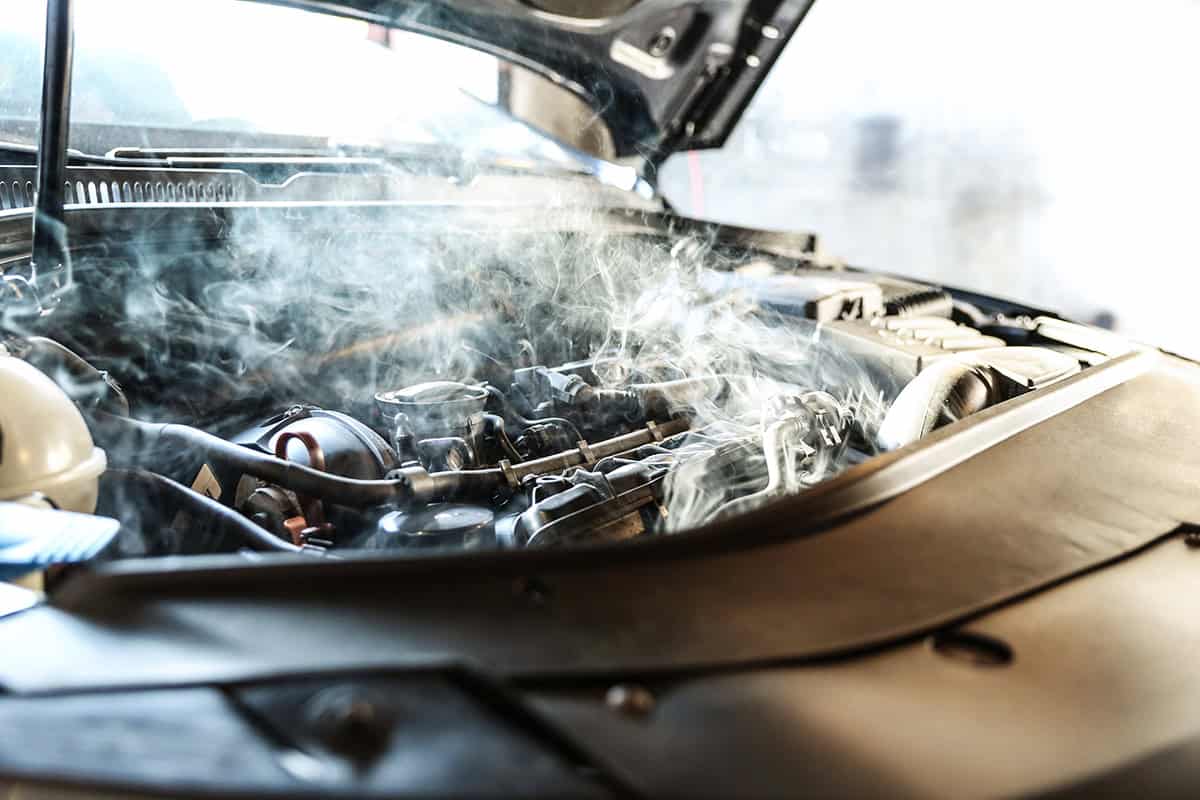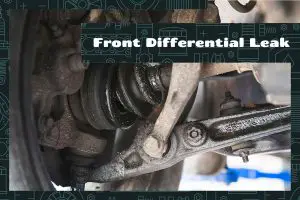Transmissions move power from the engine to the wheels, making the car go. But they can overheat and cause problems, and when that happens, your car isn’t going to have a good time at all, to say the least.
Symptoms of an overheating transmission include:
- Unusual smells
- Delayed gear shifting
- Slow acceleration
- Transmission fluid leaks
This article will discuss the causes, effects, and solutions of transmission overheating. You’ll learn how to spot problems early, how to prevent overheating, and what to do if it happens.
The Transmission System in a Nutshell

The transmission in your car controls how power from the engine moves to the wheels so your car moves at the right speed and in the right direction. When you press the accelerator, your engine creates power. But this power isn’t ready to move the car just yet. It needs to be controlled and directed—and that’s what the transmission does.
This power is measured in revolutions per minute (RPM), and the transmission’s job is to convert high RPM, low torque power from the engine into low RPM, high torque power that the wheels can use. Your car’s transmission changes gears depending on the load and speed, making it easier for your car to move.
When your car is running, lots of parts move quickly and rub against each other. This creates heat, which can damage these parts. But transmission fluid helps keep things cool. It also lubricates these parts so they move smoothly without grinding against each other. This reduces wear and tear and helps your transmission last longer.
Symptoms of Transmission Overheating
Certain signs can tell us when our car’s transmission is overheating. Catching these early can prevent serious damage. Let’s explore some symptoms of transmission overheating.
1. Unusual smells
Smells can tell us a lot, even when it comes to cars. If your transmission is overheating, you might smell something odd. When transmission fluid reaches a higher temperature than it can handle, it starts to burn, and that causes a strange smell.
2. Delayed gear shifting
When the transmission fluid overheats, it gets too thin to work properly. The transmission fluid’s job includes helping gears shift smoothly. When it’s not right, gear shifting can become slow and delayed and possibly lead to slipping.
3. Slow acceleration
It might feel slower and less responsive when you press the gas pedal. This slow acceleration can be a sign that your transmission isn’t managing the engine’s power correctly due to overheating.
4. Transmission fluid leaks
Overheating can cause seals and gaskets in your transmission to break down, allowing fluid to escape. A leak not only means losing this valuable fluid, but also that the transmission is running hotter than it should.
Why Your Transmission Is Overheating
If we don’t cool down and rest, we risk getting ill, and it’s the same with your car’s transmission. Here are some reasons why your transmission might be overheating.
1. Low transmission fluid
If there isn’t enough transmission fluid, the transmission can’t cool down properly, and that’s when it starts to overheat. The fluid can become low if it leaks out or if it’s not replaced often enough.
2. Bad transmission coolers
You can think of transmission coolers as little fans that help cool down the transmission. They are usually part of your car’s cooling system, and they work by taking hot fluid from the transmission and cooling it before it’s sent back. If these coolers aren’t working correctly, the fluid won’t cool down enough, and the transmission can overheat.
3. Bearing or towing heavy loads

The more weight added into or hitched onto your vehicle, the harder the transmission has to work. When this happens, the transmission will generate more heat, leading to cooling inefficiencies.
4. Climate
Extremely hot or cold temperatures will not do your car’s transmission any favors. Ambient heat on hot summer days can accelerate the deterioration of transmission fluid, while cold temperatures can affect the fluid’s viscosity, negatively impacting its cooling properties.
How to Avoid Transmission Overheating
The good news is that there are a few things you can do to avoid your car’s transmission from overheating and possibly leading to irreparable damage. Let’s see what they are:
1. Regular checkups and maintenance
To check your transmission fluid, look for a dipstick under your car’s hood. Pull it out, wipe it off, then dip it back in and pull it out again. The fluid should be up to the ‘full’ line on the dipstick. It should also be red and not have any strange smells.
Changing your transmission fluid is also crucial and should be done as per your car manufacturer’s recommendations. This is usually every 30,000 to 60,000 miles, but your car may last up to 100,000 miles before the next fluid change. That said, it doesn’t hurt to prematurely change the transmission fluid!
2. Install an external cooler

An external cooler can help bring down the temperature of your transmission fluid, helping to prevent overheating. These devices are incredibly useful if you tow heavy loads or live in a hot climate.
There are different types of external coolers to choose from, including:
- Plate and fin: This type looks like a portable radiator that has a wide surface area. Transmission fluid is directed through the built-in rows for enhanced cooling.
- Tube and fin: The highlight feature of this type of external cooler is its tubes, which weave in and out of the radiator-like cooler.
- Stacked plate: This is the most commonly used type of external cooler. It works on the same principle as a plate and fin, but they are much easier to install and remove.
3. Drive sensibly
This includes taking regular breaks on long road trips, not overloading your car, not towing loads that it can’t handle, and avoiding high speeds and quick acceleration during extreme temperatures. Also, if you can, you should avoid dirty and dusty conditions, which can clog the transmission filter and reduce its filtration properties.
Emergency Measures: What to Do if Overheating Occurs
Sometimes, despite our best efforts, emergencies happen. If your transmission starts to overheat, knowing how to cool down the transmission can make all the difference. I’ll briefly break down what you can do in such situations
1. Pull over and let your transmission cool down
If your car starts showing signs of transmission overheating while you’re driving, the first thing to do is find a safe place to pull over. Once you’re safely off the road, let your car idle or turn it off completely to allow the transmission to cool down. Continued driving when your transmission is overheating can cause serious damage.
2. Check transmission fluid levels
Once your car has cooled down, you should check your transmission fluid. If the fluid level is low or the fluid is dirty or burnt, you should take your car to a mechanic to have the fluid topped up or changed.
3. Contact a professional mechanic
If your car’s transmission has overheated, it’s a good idea to have a professional take a look at it. A mechanic can assess the situation and make any necessary repairs. It may cost you to get it checked out and fixed on the side of the road, but at the very least, you may reduce the risk of your car’s transmission system failing completely.
FAQs
1. What is the average operating temperature of a car’s transmission?
Normal operating temperatures range from 160 to 200°F (71 to 93°C). You don’t usually have to measure the temperature of the transmission since your car’s oil temp light will tell you whether anything is wrong. If the light is on, there’s a high chance that the transmission fluid is far beyond normal temperatures.
2. How does stop-and-go traffic affect my transmission?
Earlier, I mentioned that driving sensibly can reduce the risk of transmission overheating. This also includes avoiding stop-and-go traffic, where you put your car in a situation where you need to constantly press the gas and brake pedals. This is especially common when driving during rush hour or in packed cities. Stop-and-go traffic puts extra strain on your car’s transmission, almost assuredly increasing the temperature.
3. Can upgrading to a synthetic transmission fluid prevent overheating?
We have an entire guide about the various types of transmission fluids and whether you can mix transmission fluids or not. Synthetic transmission fluid is almost always better than conventional fluid for its cooling efficiency and longevity. However, you should always stick to the car manufacturer’s recommendations regarding transmission fluid type.
4. What are some long-term effects of transmission overheating?
Transmission overheating can lead to a wide host of problems, including but not limited to loose transmission bands and dirty or damaged gaskets.
Ignoring the problem completely for extended periods may even lead to total failure, which can cost upwards of $3,000 to replace. If you’d like to avoid this huge and largely unnecessary expense, your best bet is to avoid the problem as best as you can. Refer to the “How to Avoid Transmission Overheating” section for more details.






